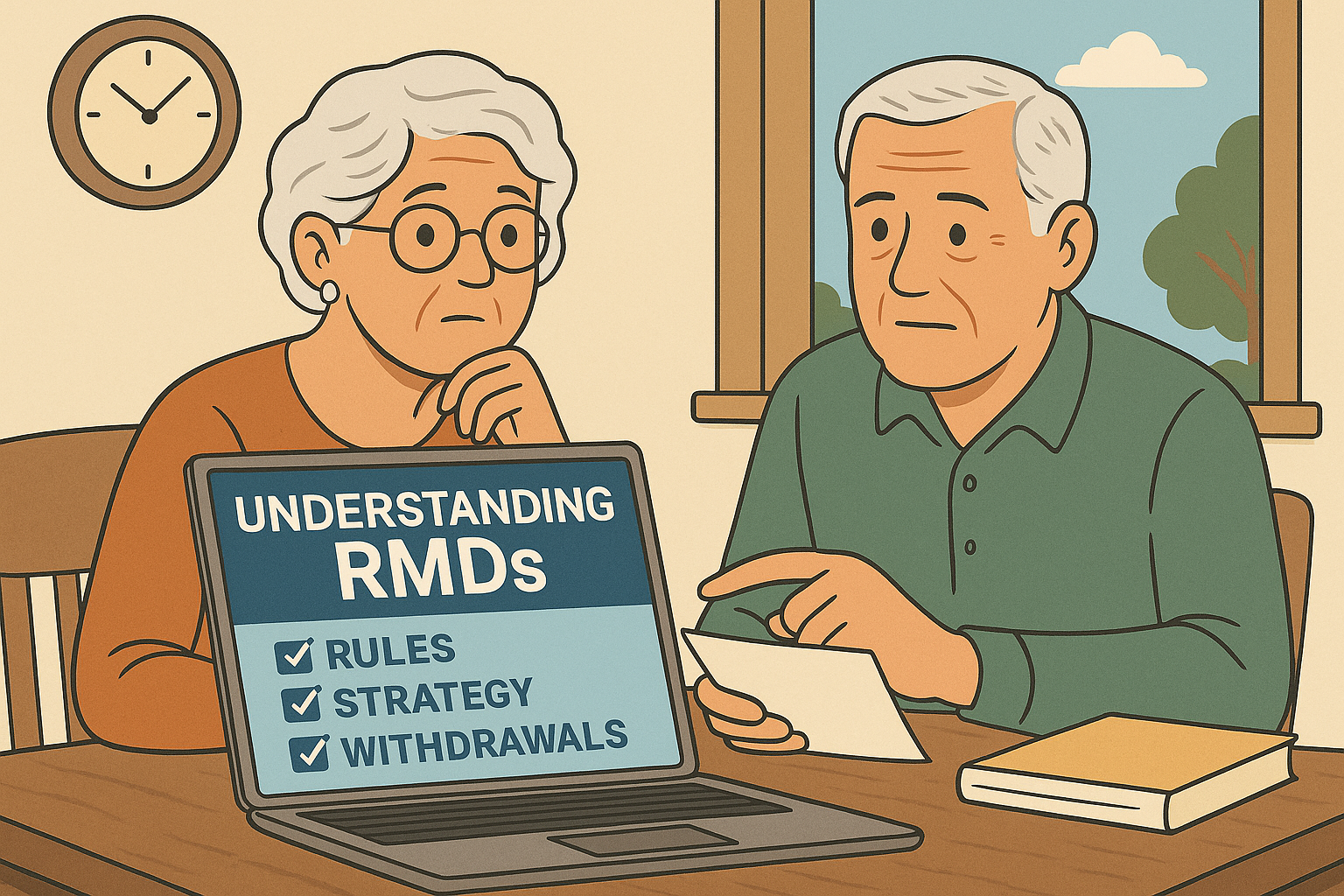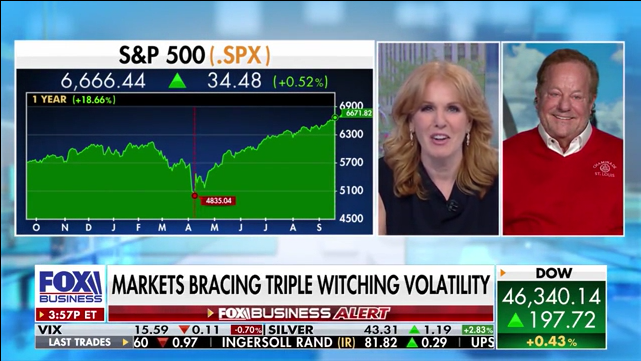Annuities don’t add up for millennials and middle-age investors
February 3, 2017
Many of you are sick of hearing about financial products that you don’t understand. Millennials certainly are. We’re even cynical about financial products we do understand. That’s because the news of our short lifetimes has been Enron, the Financial Crisis of 2007-2008, Bernie Madoff and more. Which is why I’m so perplexed to see annuities marketed to millennials and, even more astonishingly, to have millennials approach me about investing in them.
With rare exceptions, annuities simply aren’t appropriate for younger people. Or really anyone that’s not very near or in retirement. Here’s why.
What’s an annuity?
An annuity is a contract between an individual (the annuitant) and a life insurance company or other financial institution. The annuitant funds the annuity either by a lump sum or periodic payments during his or her working years. The institution grows those funds during the accumulation phase by investing them somehow. Upon reaching the annuitization phase at a later point in time, the institution will pay out a stream of payments to the annuitant. A fixed annuity will provide regular periodic payments at a fixed rate of return. A variable annuity provides payments based on the performance of an annuity investment fund — made up of stocks, bonds or other market instruments. Thus, the returns can vary over time.
All annuity earnings grow tax-deferred and taxes are paid when earnings are either withdrawn or paid out during annuitization. Also, an annuity can ensure that, if the annuitant dies, his or her beneficiary receives no less than the initial investment — this is called a Guaranteed Minimum Death Benefit (GMBD). These are the important basics of annuities, though they can be structured in many, many different ways, including how long payments are guaranteed to continue.
So far, so good, right? And annuities can be quite good for people who need to secure a steady cash flow during their retirement years and/or are in danger of outliving their assets. In fact, defined-benefit pensions and Social Security are two examples of annuities.
Reasons to be wary
For everyone else, some things to consider about annuities:
- They’re complicated and confusing. I’m a firm believer that you shouldn’t buy anything that you don’t fully understand.
- They’re expensive. I cannot stress enough how expensive these products can be. Variable annuities on average cost between 2 and 3.5 percent; I’ve seen even higher when all the fees were compiled. What fees? Riders must be purchased to add the GMBD, to accelerate payment if the annuitant is diagnosed with a terminal illness or to adjust payments based on inflation. There are also M&E fees, sub-account expense ratios, administrative fees and surrender fees of 10 percent or more if the annuitant takes money out too early. You also need to realize that the person selling you your annuity often gets a commission — that money has to come from somewhere.
- There are no guarantees. “Guaranteed” income is what draws so many people to annuities. But there could be nothing further from the truth. Guaranteed lifetime income costs extra, and even then it goes away if the annuitant withdraws more than the schedule permits. Moreover, for that “guarantee,” annuitants will on average pay 4 percent a year. So your guarantee of 5 percent is really only 1 percent. That’s a crummy return.
- The risk-reward calculation too often doesn’t add up. For me and my firm, investing has a long-term focus. It should for you as well. If you’re a millennial, or in your 40s, 50s and even 60s, you’ve most likely got years and even decades to ride out market meltdowns. In that case, you really need to think about fully participating in the market’s long-term upside. While that’s not guaranteed either, the market’s growth over time has been demonstrated over history. Locking your investment money into an annuity’s low returns out of fear or an overabundance of caution could irreparably stunt your nest egg. If you’re risk-averse, you’re likely much better off with a portfolio of low-cost stock-and-bond index funds or enlisting the help of a good financial adviser. As Ken Fisher, founder and chairman of Fisher Investments, once said: “Almost always, anything that can be done with an annuity can be done a better way.”
A final thing to consider. Life insurance is bought to deal with the risk of dying prematurely. An annuity, on the other hand, is bought to deal with the risk of outliving one’s assets. In either case, actuarial science tells an institution how to price their policies so that on average they— and not you — earn a profit. When I said the risk-reward calculation doesn’t add up, I meant it!
Jennifer Pagliara is a financial adviser with CapWealth Advisors. Her column appears every other week in The Tennessean.














